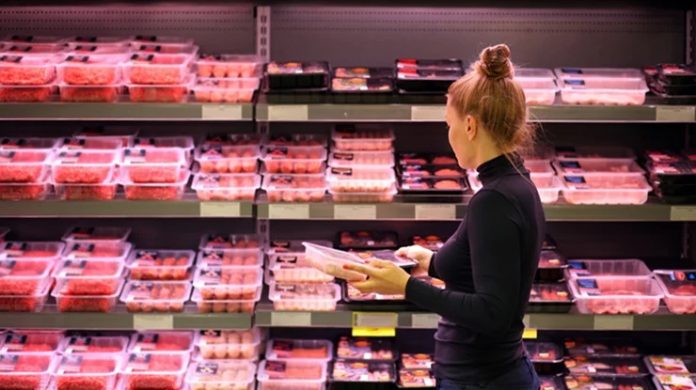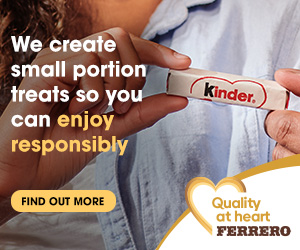The ‘best before’ date found on red meat on the shelves comes from a complex process designed to predict freshness and safety. Research from Meat & Livestock Australia (MLA) and the University of Tasmania is helping meat processors and suppliers better predict just how long their product will last.
MLA has released the latest version of the Shelf Life Calculator, which calculates the longevity of a specific meat cut based on storage temperature, packaging type, and an estimation of microbial load at the time of packaging.
Built on prior research, the updated tool extends the calculator’s use to accurately predict the shelf life of domestic retail-ready products, including overwrap, thermoformed packs, modified atmospheric packaging, and vacuum skin packs.
Research lead Dr Jay Kocharunchitt said that the latest edition of the calculator will help to inform crucial decision making and can be applied more widely throughout the industry.
“The purpose of this project was to develop a cost-effective tool for the industry – especially meat processors and exporters – to manage their meat quality in diverse cold chains,” Dr Kocharunchitt said.
The calculator offers a cost-effective approach for better and more flexible management of any given supply chain by helping to decide on product movement and quality, reducing customer complaints and waste, and increasing business profitability.
While processors, suppliers and retailers may reap the immediate benefits, more accurate predictions are an opportunity for producers too.
“When processors can better manage their supply, it creates room for more products on the market, which will increase productivity,” Dr Kocharunchitt said.
While the new calculator is already available for use on MLA’s website, work will continue to improve its application.
“High-value products like Wagyu aren’t yet included in the calculator,” Dr Kocharunchitt said. “Those products behave differently in terms of shelf life, because of their high fat content, so there’s more research to be done there.”
Changing industry practices, including packaging choices, are also a factor that will be considered in future research.
“A lot of companies are moving towards recyclable packaging, and we don’t know yet how that packaging might impact shelf life,” Dr Kocharunchitt said.





